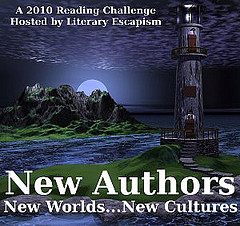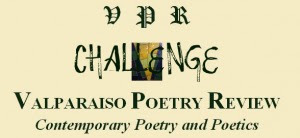
“‘I am sorry for her anxieties,’ said Emma, ‘ — but I do not like her plans or her opinions. I shall be afraid of her. — She must have too masculine and a bold temper. — To be so bent on marriage — to pursue a man merely for the sake of situation — is a sort of thing that shocks me; I cannot understand it. . . . ‘” (page 110)
Again we see Jane Austen’s insistence that marriage for wealth or improved situation are appalling, yet often done in society. Emma is a bit more outspoken than Elizabeth Bennet, while Elizabeth has a sense of duty to the family, much like Elinore in Sense & Sensibility. The sickly father is reminiscent of the father in Emma. In may ways, The Watsons seems to be a starting point for many of Austen’s novels or at least an earlier work that inspired her to keep writing.
Although unfinished, readers can clearly see where the story would have gone eventually given the sickly nature of Emma and Elizabeth’s father. One of the most interesting parts of the work are the relationship or lack there of that Emma has with her other brothers and sisters. The love interests in the novel range from a self-indulgent, young man to an older Lord who knows his place in society and believes women should just fall for him instantly no matter how distant and self-indulgent he is. Of course, there also is the quiet preacher who has caught the eye of a wealthy woman, but has a silent adoration for another.
The Watsons, like Austen’s other completed novels, has a depth that may be missed upon first reading, but her characters remain enduring and witty. Gossip is prevalent in many of her novels, but the Watsons provides a great deal of snide remarks and backhanded comments. Another enjoyable Austen read.
**Thanks to Anna for letting me borrow her copy so I could finish the Jane Austen Challenge. I’ll probably be reading the other two novels in the new year.***
This is my 14th and final book for the Jane Austen Challenge 2010. I’ve officially completed my 9th challenge.






 About the Author: (from Rhemalda Publishing)
About the Author: (from Rhemalda Publishing)





 About the Author:
About the Author:
 About the Author:
About the Author:





 I’ve read 9 out of 12 books for this challenge. Check them out
I’ve read 9 out of 12 books for this challenge. Check them out 


 I’ve read 2 out of 6 vampire books from any series. Check them out
I’ve read 2 out of 6 vampire books from any series. Check them out 




